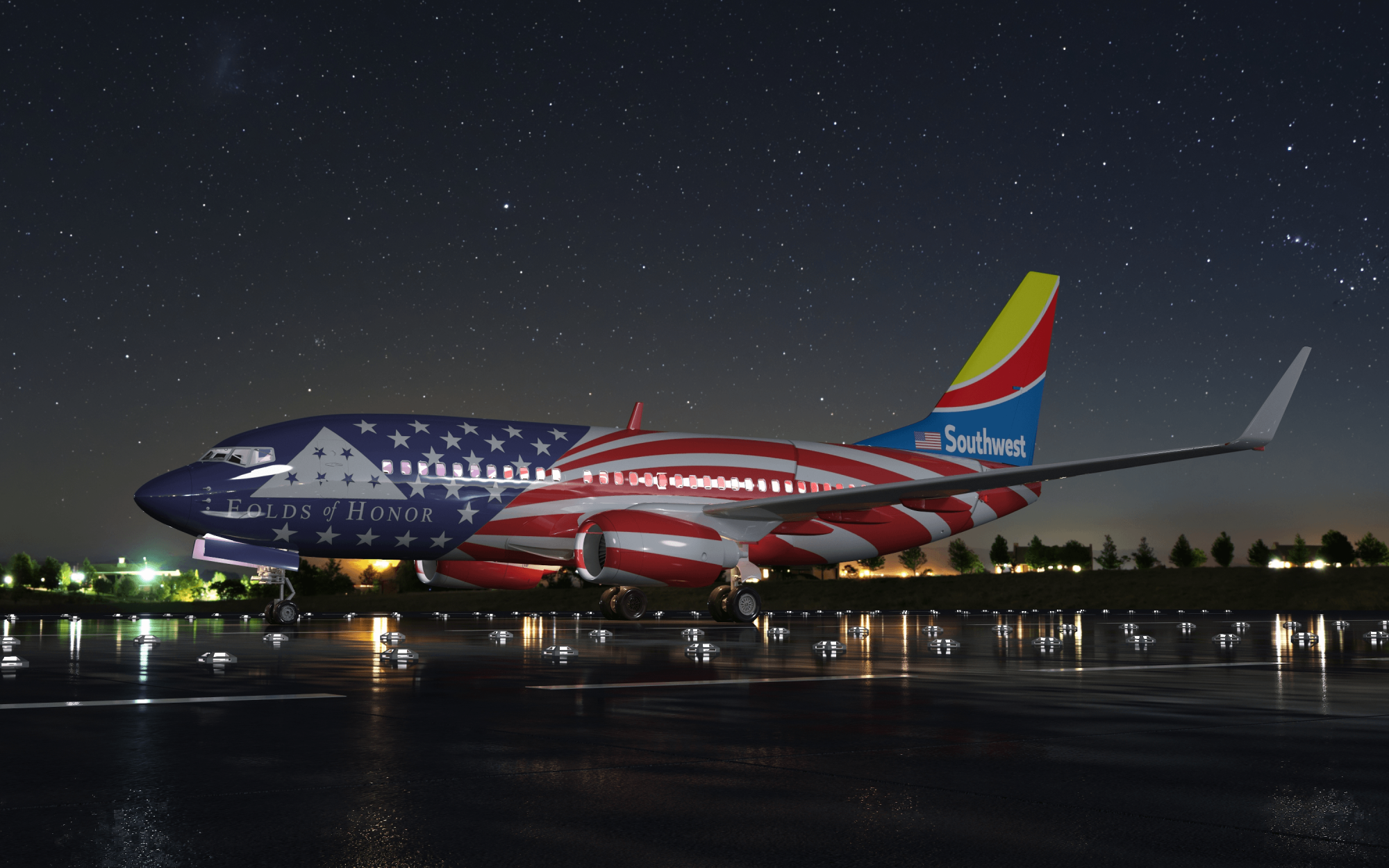 Launch apps instantly. Claim $200 credits on DigitalOcean
Launch apps instantly. Claim $200 credits on DigitalOcean
Aircraft Paint Schemes: A Masterpiece in the Skies
Written by Miles Olsen » Updated on: March 18th, 2024

Introduction
Aircraft paint schemes are not merely cosmetic features; they serve as powerful branding tools for commercial airlines. These intricate designs not only enhance the visual appeal of aircraft but also play a vital role in promoting brand recognition and ensuring safety. Let's explore the fascinating world of aircraft paint scheme design for commercial airlines.
Factors Influencing Aircraft Paint Scheme Design
Brand Identity: Airlines meticulously designed paint schemes to align with their brand identity, incorporating logos, colors, and typography to reinforce brand recognition.
Visibility and Safety: High-contrast colors and bold designs are employed to enhance visibility and promote safety, especially during adverse weather conditions or emergency situations.
Cultural Sensitivity: Airlines operating in diverse regions must consider cultural sensitivities and preferences when designing paint schemes to ensure inclusivity and avoid potential controversies.
Market Trends: Design trends and industry standards influence airplane paint schemes, with airlines incorporating modern aesthetics and innovative techniques to stay relevant in a competitive market.
Regulatory Compliance: Paint schemes must comply with aviation regulations and guidelines, including requirements related to visibility, registration markings, and safety markings.

The Design Process
The design process for paint schemes involves a meticulous approach, starting with research and concept development. Designers conduct extensive research into the airline's brand identity, target audience, and industry trends before brainstorming initial concepts and ideas. Preliminary design concepts are then sketched and digitally rendered to visualize the proposed paint schemes on aircraft models, allowing for feedback and refinement from airline stakeholders. Multiple rounds of design reviews and revisions are conducted before the final approval and implementation of the paint scheme on aircraft.
Significance of Iconic Paint Schemes
Iconic aircraft paint has become synonymous with certain airlines, representing a rich heritage and legacy of innovation. From the timeless elegance of Lufthansa's crane logo to the bold, dynamic stripes of British Airways' "Speedbird" livery, these iconic designs evoke nostalgia and pride among passengers and aviation enthusiasts alike. Moreover, iconic paint schemes contribute to brand recognition and serve as powerful marketing assets, reinforcing the airline's reputation and fostering emotional connections with customers.
Evolution of Aircraft Paint Scheme Design
As technology advances and design preferences evolve, it continue to evolve to reflect contemporary aesthetics and consumer preferences. Modern trends include simplified designs, vibrant colors, and special liveries commemorating milestones or cultural events. These trends reflect a shift towards simplicity, sophistication, and personalization in design.
Challenges in Designing Aircraft Paint Schemes
Designing aircraft paint schemes poses several challenges, including balancing aesthetics with functionality, meeting regulatory requirements, and considering cultural sensitivities. Designers must ensure that paint schemes are visually appealing while also enhancing visibility and safety. Additionally, airlines must navigate regulatory requirements to ensure compliance with aviation regulations and guidelines.
Innovations in Aircraft Paint Design
Advancements in technology and materials have led to innovations in aircraft paint design, including advanced painting techniques, the use of eco-friendly materials, and digital and interactive designs. These innovations allow airlines to create unique and eye-catching paint schemes while also reducing environmental impact and enhancing the passenger experience.
Future Trends in Aircraft Paint Design
Looking ahead, future trends in aircraft paint design are likely to focus on personalization options for customers, integration of technology, and sustainable paint solutions. Airlines may offer customers the ability to customize paint schemes to reflect their preferences and individuality. Additionally, advancements in technology may lead to the integration of digital displays and interactive elements into aircraft paint schemes. Finally, airlines are increasingly exploring sustainable paint solutions to minimize environmental impact and reduce carbon emissions.
Conclusion
Paint schemes are an integral part of the aviation industry, serving as powerful branding tools and ensuring safety and visibility in the skies. From the meticulous design process to the iconic liveries that adorn aircraft, every aspect of paint scheme design reflects the airline's commitment to excellence and innovation. As the aviation industry continues to evolve, aircraft paint schemes will remain a cornerstone of airline branding and visual storytelling for years to come.
Copyright © 2024 IndiBlogHub.com Hosted on Digital Ocean









Post a Comment
To leave a comment, please Login or Register